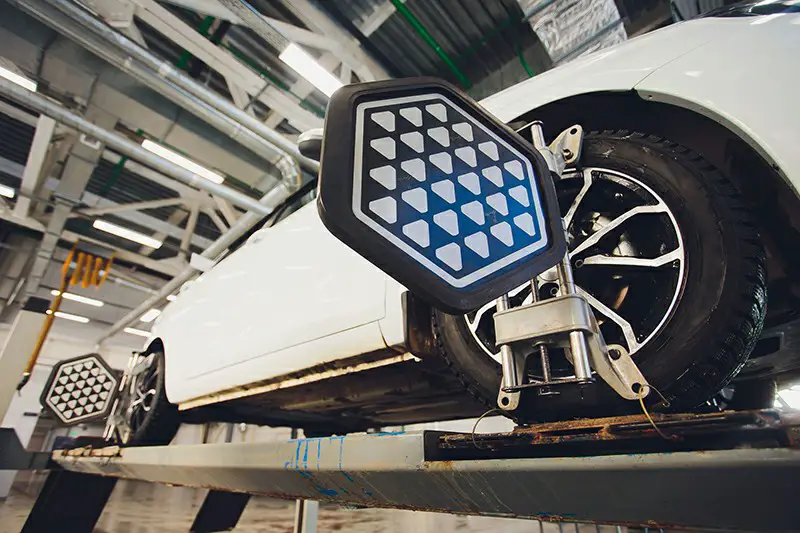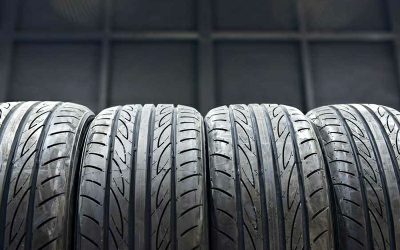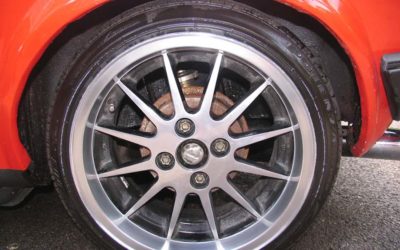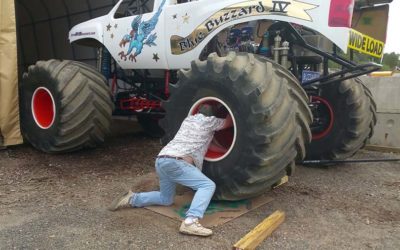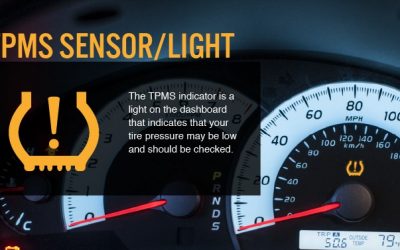Tire rotation vs wheel alignment are basic maintenance tasks that can help extend your tire’s lifespan. However, what’s the difference between the two services?
Our tires determine the way your car stops, accelerates, handles, steers, and rides. You should maintain them on a regular basis to guarantee that your automobile continues to offer the dependable performance you have come to expect.
Continue reading to discover more about these processes that are critical to your vehicle’s functioning.
Tire Rotation
Tire rotation is the process of shifting tires from one position to another. Experts recommend rotating your tires periodically to ensure that they wear evenly.
Because your vehicle distributes varying amounts of weight to the front and rear, always keeping tires in the same place can cause uneven tire wear and force you to replace them sooner.
You can balance out the uneven weight loads by switching the rear tires to the front and vice versa, ensuring that the tires are used equally.
Your owner’s handbook will tell you how often you should rotate your tires, but a good rule of thumb is once every 6,000 – 8,000 miles. This is a low-cost operation that frequently coincides with an oil change. You may also perform this maintenance task at home.
If you observe any of the following symptoms, you should perform a tire rotation and alignment as soon as possible.
- Uneven wear: Examine each of the four tires. It could be time for a rotation if you find that they’re wearing at different rates.
- Vibration: Vibrations at speeds more than 45 mph may indicate that you need a tire balance. It might be a symptom of something else, but balancing and rotating your tires is an excellent place to start.
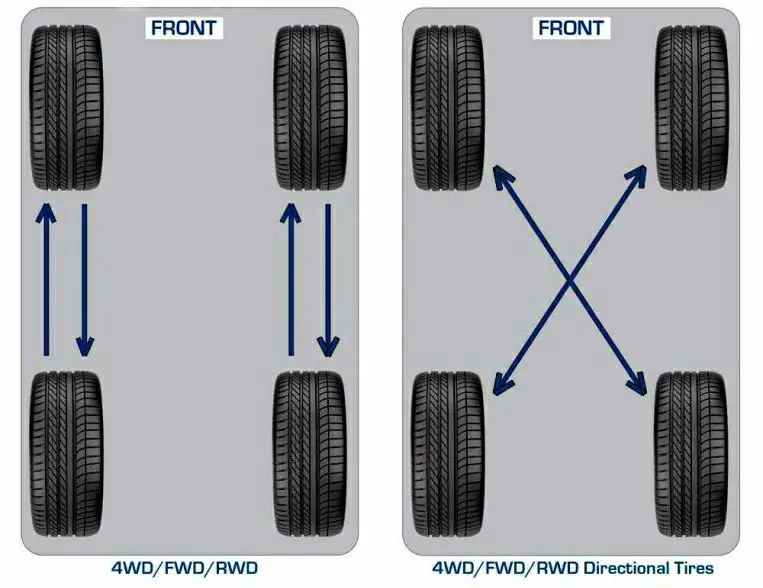
See more: What are Directional Tires?
Wheel Alignment
Your vehicle’s suspension system connects the wheels to the automobile and is designed to provide a smooth and pleasant ride. It’s conceivable that it will get out of wheel alignment and tire rotation due to driving on rough roads and striking potholes.
Additionally, as the vehicle ages, metal fatigue occurs in the springs, causing the ride height to fluctuate, which can alter the alignment geometry.
When this happens, you should take your car to your trusted mechanic for alignment. If your car’s encounters an alignment issue, you’ll notice the following signs:
- The vehicle is pulling to one side of the road
- When driving straight, the steering wheel is crooked
- Premature or uneven tire wear
- There are vibrations coming from the steering wheel while the car is accelerating
During a tire rotation or wheel alignment, the mechanic will adjust the suspension system of your automobile. The technique alters the angles of the tires rather than the tires themselves, affecting how they touch the road across the range of vertical movement as the vehicle is moving.
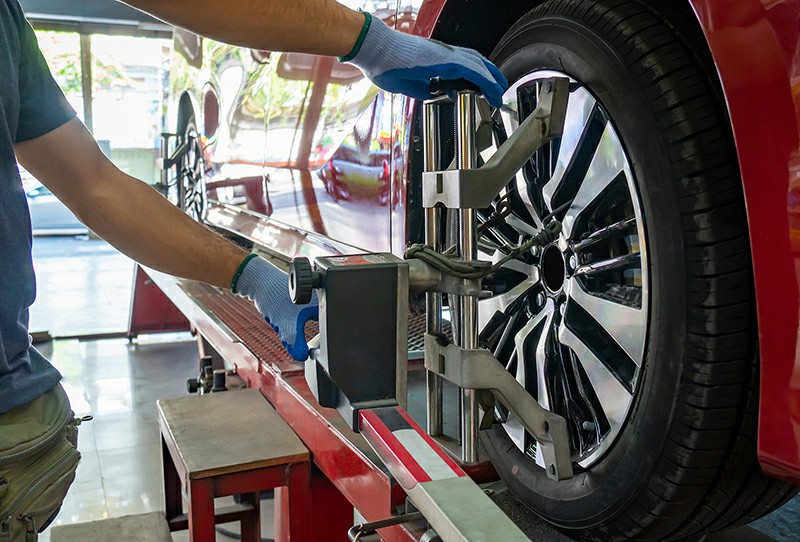
Conclusion
An alignment may or may not be necessary depending on your driving habits and the types of roads you travel on. On the other hand, tire rotation is a job you should perform every now and then, especially when uneven tire wear is pronounced, to keep your tires in good condition.

